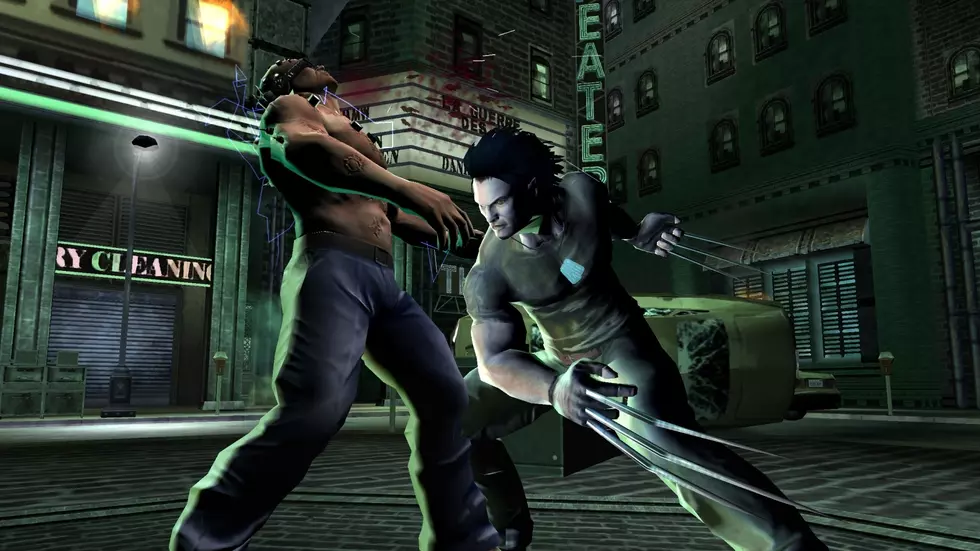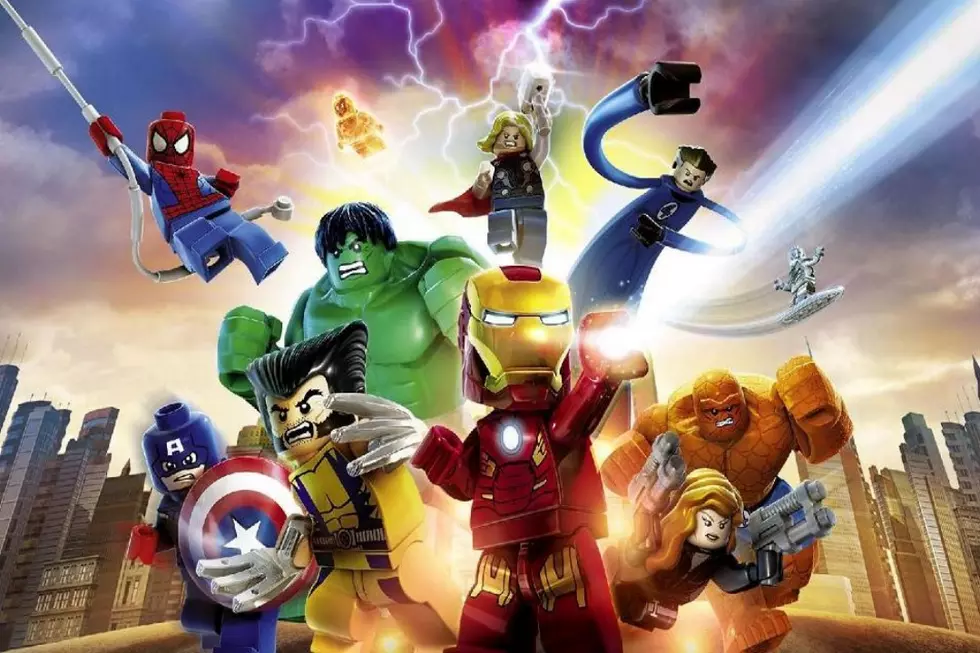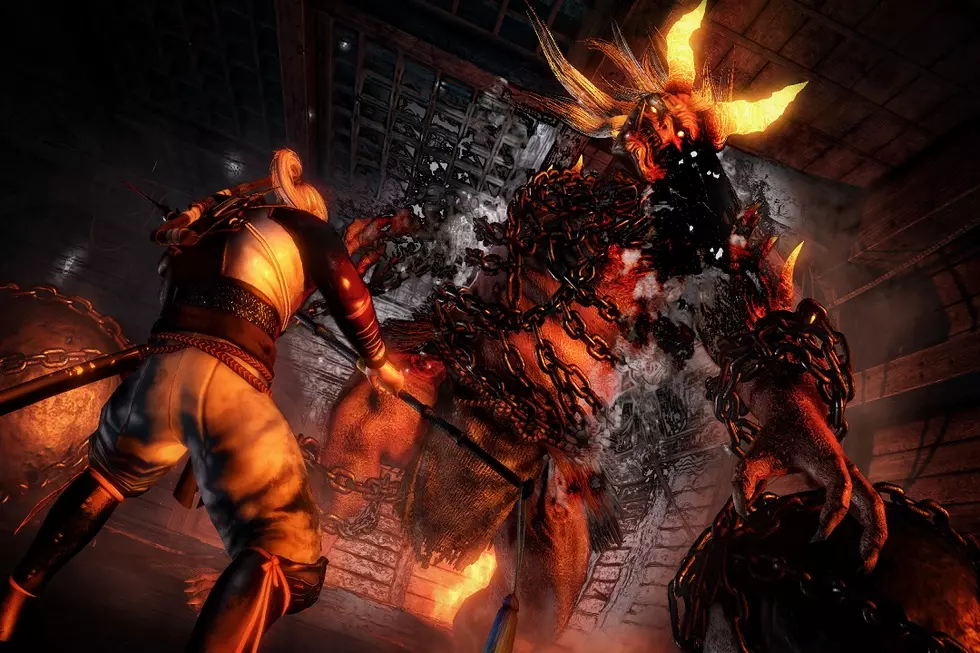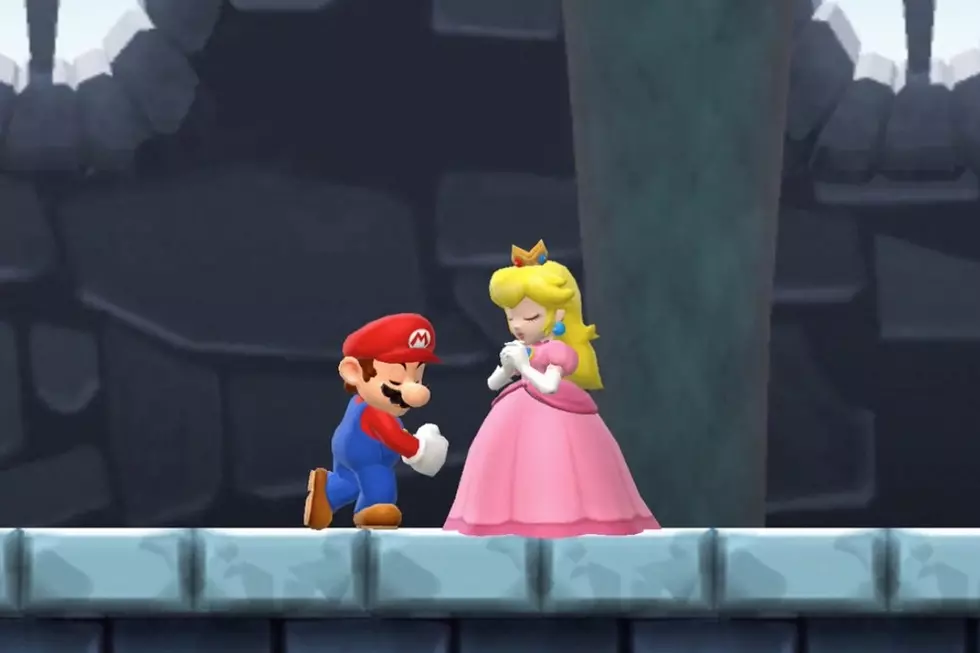
Top 10 Satchbag’s Goods Episodes
I don’t know of very many YouTube reviewers quite like Satchell Drakes. Satch runs a YouTube channel called Satchbag’s Goods, in which he studies and reviews various video games, modern and classic, in his own unique and eloquent way of doing so. He also has another show, Anti-Semantics, where instead of reviewing a game, he simply discusses it, comparing it to a plethora of other similar things from mediums different than that of video games. He’s the only reviewer that I know of that incorporates so many artistic and refreshing sources in his videos, in ways that I never would have thought of. I never would have thought that Hotline Miami and Kanye West have anything in common, but Satchell makes that connection, and many more like it, in a way that a large amount of other reviewers can’t.
But Satchell’s intentions are not to brag about his opinions, or to out-reference anybody. Satchbag’s Goods exists as a place to start conversations, as well as a place for Satch to learn new things and share these newly learned things with his viewers. Satchell doesn’t quite get the exposure he deserves for his awesome work, but thankfully the guys at Normalboots.com, home of JonTron, Continue? and The Completionist, recently picked him up as a featured partner. Hopefully you’ll learn some stuff, think a bit and ask a few questions after enjoying these Top 10 Satchbag’s Goods Episodes. That is the point, after all.
- 10
My Childhood Was 8-Bit
I’ll start the list with Satchell’s earliest upload, “My Childhood Was 8-Bit,” which serves as his homage to the perfect childhood. While he doesn’t have any other videos on his channel like this one (at the time of this writing), I like to think that it showcases Satch’s artistic skills, and sets the precedent of the aesthetic of all of his channel’s videos. Satchell definitely has a very unique and uniform feel to his content, which is something I personally admire. Satch knows exactly how he wants his videos to look, and he achieves that even in his earliest content. The video itself is of Satch respraying an NES Zapper and cartridge, which probably doesn’t sound very interesting, but the way he presents this pet project of his makes it, as the man himself would say, “Dope.”
- 9
The Sonic and Knuckles Saga
Nostalgia can blind a man, and destroy his credibility in the blink of an eye. That is, if he lets nostalgia control his argument. Satchell does not seem to be one of those men. The Sonic & Knuckles Saga, as we find out from the video, was Satchell’s go-to game as a child (more specifically third grade). It was so influential on him while he was growing up, that he even credits it as one of the main reasons why he is now a full-time graphic designer. Even though this game was uber important to Satch’s childhood, he doesn’t let that get in the way of making assessments and arguments about said game. He doesn’t say “I liked this game growing up, so that makes it a good game.” He validates every point he makes, and does a fine job doing so.
- 8
Fable and the Human Condition
Satchell signs off each episode by reminding his audience to “stay humble,” and this is a bit of advice that he adheres to himself. This video opens with a disclaimer, reminding the viewer that Satch does not consider himself an “authority in game design,” and neither should the audience. Some reviewers never actually go out of their way to remind people that what they are talking about is purely opinion, and that there isn’t really a right or wrong to what they are arguing, so it’s refreshing when a reviewer does this as a means to stay humble. In this Case Study, Satchell talks about Fable and the human condition, and how to him, Fable’s attempt at tackling the subject was a bit of a swing and a miss.
- 7
Game Immersion and Limbo
This episode kicks off with Satchell advising the viewer to “check your nostalgia goggles at the door” as he dives into indie-hit Limbo and the idea of game immersion. Satch brings up the idea that “less is more” can ring true in other art mediums such as film and music, but can a video game pull it off? Does Limbo’s use of minimalism make or break the game? The idea of less being more is not something that everybody believes in, which makes Limbo that much more of an interesting conversation piece because of its excellent use of minimalism, in what some would consider to be a nonconventional way, which is that of an interactive medium. Satchell argues that Limbo is the visual successor to Yoshi’s Island, which at first seems like a very odd claim to make, but he justifies his claim in a way that totally makes sense.
- 6
Fez and Phil Fish
Fez is quite possibly my all-time favorite game. I love everything about its unconventional, yet graceful nature. I typically use single-player games as a form of escapism, and everything about this game let me escape from whatever dumb personal thing I was dealing with at the time. I played and completed it 100 percent over the course of a weekend about a year ago, and I haven’t played it since. I’ve only played it once, and it’s my favorite game. I could explain why it had this effect on me, but Satchell does a better job at explaining what makes this game what it is, plus he leaves out all of my personal stuff that isn’t important to understanding this game. At least I hope Satch left my personal stuff out of the video… maybe I should watch it again just to make sure.
- 5
Journey and Bogost's "Zen"
Everyone attempts to reach a state of “zen” in their own way, at some point or another. When I say “zen,” I don’t necessarily mean it as a way of reaching enlightenment, as in the Buddhist sense of the word, but rather a more colloquialistic use of the word referring to a state of relaxation, in this case, the way author and game designer Ian Bogost has described it. There are countless ways of reaching a zen-like state, whether it be by means of meditation, listening to music, or watching your favorite movie, everyone has their own way of doing so. In this installment of Anti-Semantics, Satchell discusses the idea of video games as a legitimate medium with which to reach zen, and if Journey is one of those games or not.
- 4
The New Youtube Comments & Viewer Condescension
Every now and again, something big will happen that affects a large amount of people on the Internet, and Satchell will briefly stray from his typical format to talk about said occurrence. In this case, the overhaul of the YouTube comment system that took place at the end of 2013. Satch talks about the new system and what he believes to be its flaws, which aren’t necessarily inherent, but instead brought upon by the users themselves. What makes this video interesting enough to include it on the list is not just its subject matter, but Satchell’s ability to produce it on such short notice. It’s nice to know that he can make a video that’s as insightful as it is thorough compared to his other content, albeit a tad shorter.
- 3
Gone Home and Game Formalism
Some people have considered Gone Home to be “a game that isn’t a game” because of its unconventional ways. Satchell compares this notion to a group of classically trained musicians referring to Iron Maiden as “not music”; it’s subjective, just like any other art form. Satch argues that what makes Gone Home a “good” game is its ability to create a two-way conversation between the developer and the player even in such an informal way of doing so. Although I have yet to experience Gone Home for myself, I would have to agree with Satch. For a game to do something like that without relying on conventional means is very interesting. That being said, if I did play the game and didn’t feel that two-way conversation that Satchell was arguing exists, then I would be inclined to disagree.
- 2
Brothers: A Tale of Two Sons and C.S. Lewis
Using quotes from C.S. Lewis and J.R.R. Tolkien to build an argument about an Xbox Live Arcade title? Brilliant. That’s just what Satch has done in this episode of Anti-Semantics, which focuses on Brothers: A Tale of Two Sons. He starts off with quoting these two authors as a means of making a point about the premise of the game. Satchell then equates Brothers to a mumblecore film, which is a somewhat recent genre of independent film that focuses more on building relationships amongst the characters via natural sounding dialogue and interactions, rather than focusing on the movement of the plot. To go from referencing fantasy writers to mumblecore directors, all while focusing on one arcade title is pretty impressive.
- 1
Hotline Miami and Kanye West
Probably the most (and maybe only) meta review I’ve ever seen. This review is about Hotline Miami, which is a video game that serves as commentary on video games. It goes from meta to super-meta when Satchell compares Hotline Miami to Kanye West, arguing that Hotline Miami is so over the top that it isn’t meant to be taken seriously, but instead as a means of questioning what video games have become in this day and age. Much like Kanye West is so over the top that his intentions are to not be taken “seriously” as a rapper, but instead show how ridiculous the rap lifestyle has become. Towards the end of the video, Satch reveals his intentions in reviewing such a meta game, making this review even MORE meta. I can’t take much more meta, I’m out.
More From Arcade Sushi









